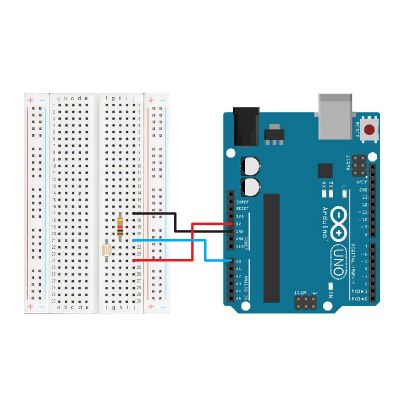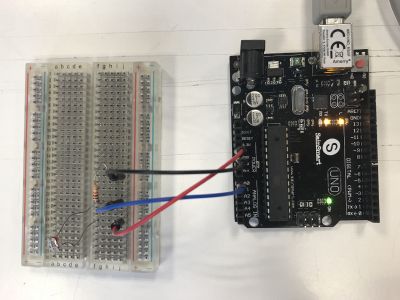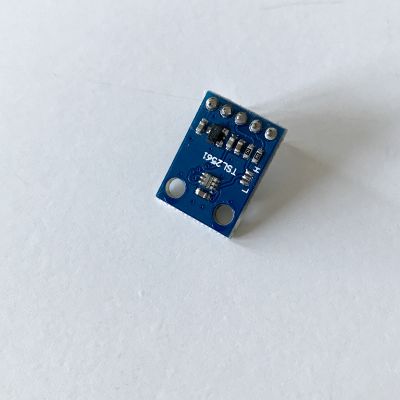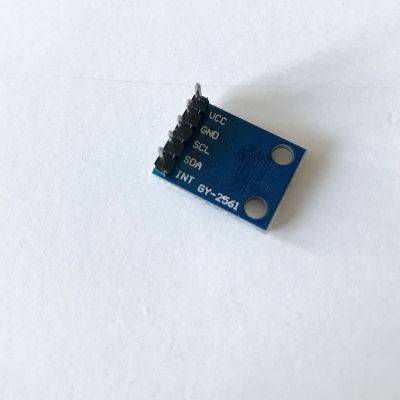GMU:Connecting Max to the World/Frederic Blais-Belanger/Sensoring Pyrocystis light: Difference between revisions
Fredblaisb (talk | contribs) |
Fredblaisb (talk | contribs) No edit summary |
||
| Line 7: | Line 7: | ||
*Arduino: [[:File:Photocell_to_Max.ino]] | *Arduino: [[:File:Photocell_to_Max.ino]] | ||
*Max MSP: [[:File:ReceiveDataFromPhotocell.maxpat]] | *Max MSP: [[:File:ReceiveDataFromPhotocell.maxpat]] | ||
Unfortunately the Photoresistor in the first attempt is not sensible enough for the low light emitted by the plankton. | |||
==Second attempt== | ==Second attempt== | ||
For the second attempt I am using the Adafruit TSL2561. This [https://learn.adafruit.com/tsl2561/overview ''link''] provide all the information about the drivers needed, the wiring of the Sensor and the Arduino codes. Below is the Arduino patch used for this configuration. | |||
Revision as of 09:59, 22 January 2019
First attempt
In order to read the light from the Pyrocystis I wanted to use a Photo Cell connected to Arduino that sends the information to Max. My first try was with a basic Photoresistor, as you can see on the photo, and used the patches below.
Patches used:
- Arduino: File:Photocell_to_Max.ino
- Max MSP: File:ReceiveDataFromPhotocell.maxpat
Unfortunately the Photoresistor in the first attempt is not sensible enough for the low light emitted by the plankton.
Second attempt
For the second attempt I am using the Adafruit TSL2561. This link provide all the information about the drivers needed, the wiring of the Sensor and the Arduino codes. Below is the Arduino patch used for this configuration.
Patches used:
- Arduino: File:TSL2561.ino
Once again, the light sensor is not powerful enough to detect a difference in the light emission of the Dinoflagellates, but the TSL2561 is still more sensible than the photoresistor used in the first attempt. It is a good option for somebody who would like to work in low light.



